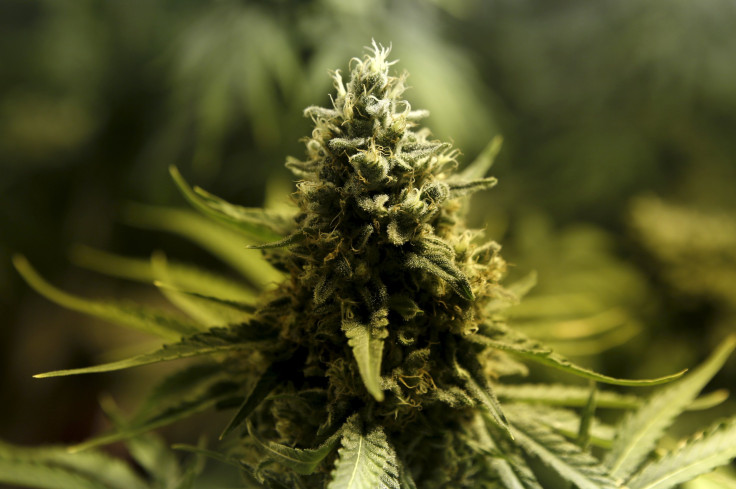Marijuana's key compound THC may treat the brain-damaging effects of Alzheimer’s disease

Preliminary evidence suggests that a substance in marijuana may treat the brain-damaging effects of Alzheimer’s disease. Salk Institute scientists found out that tetrahydrocannabinol (THC) and other compounds in cannabis may promote cellular removal of the toxin amyloid beta associated with Alzheimer's disease.
Although the research is at a very preliminary stage, it may offer an insight into the role of inflammation in Alzheimer's disease. It could also provide clues in developing new therapeutics for the disorder. The scientists grew neurons in the laboratory to conduct these exploratory studies.
The study, published in Aging and Mechanisms of Disease, is the first to show that cannabinoids affect both amyloid beta accumulation and inflammation in nerve cells, said senior author of the paper and Salk professor David Schubert.
According to Alzheimer’s Australia, There are more than 353,800 Australians living with dementia and the number is expected to increase to 400,000 in less than five years. By 2050, the number of people with dementia is expected to reach 900,000 without a major medical breakthrough. Dementia is the second leading cause of death Down Under.
The progressive brain disorder leads to severe memory loss and can seriously impair a sufferer’s ability to carry out everyday tasks. The new research found that high levels of amyloid beta were associated with cellular inflammation and higher rates of neuron death.
However, exposing the cells to the cannabis compounds such as THC, it reduced amyloid beta protein levels and even eliminated the inflammatory response from nerve cells that are caused by the protein. This allowed the nerve cells to survive.
“When we were able to identify the molecular basis of the inflammatory response to amyloid beta, it became clear that THC-like compounds that the nerve cells make themselves may be involved in protecting the cells from dying,” first author of the paper Antonio Currais said in a statement.




















